Colorless and odorless, carbon monoxide (CO) is a highly toxic gas that’s responsible for more than 400 deaths and 20,000 emergency-room visits every year, according to the Centers for Disease Control and Prevention (CDC). It’s produced when natural fuels (like coal, wood, charcoal, oil, kerosene, propane and natural gas) combust incompletely and seep into the air without warning.
Fortunately, some preventive measures—along with the installation of carbon monoxide detectors—could help keep you and your family safe. Here’s what to know.
Causes Of Carbon Monoxide
When any of the following is faulty, improperly used, or incorrectly vented, carbon monoxide emission can result:
Portable Gas Generator
Generators are the most common—and most dangerous—source of carbon monoxide poisoning in an emergency situation, according to Suzanne Beavers of the CDC. Never use them inside; only run them when they’re in a well-ventilated spot at least 20 feet away from the house.
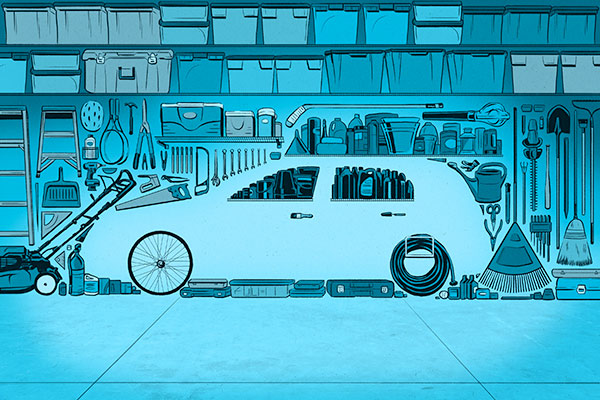 Cars in Garages
Cars in Garages
Leaving a car running in your garage quickly produces deadly amounts of carbon monoxide that can seep into your home, even if the garage door is open, according to the U.S. Consumer Product Safety Commission (CPSC). Keyless fobs can increase the risk of forgetting to turn off your car, so be especially conscious if you have one.
Gas Furnaces and Water Heaters
Carbon monoxide poisoning incidents are most common in fall and winter because people are more likely to use furnaces and heaters in those seasons, according to the CDC.
Gas or Charcoal Grills and Camp Stoves
Like gas generators, grills should never be used inside the home, according to the CPSC.
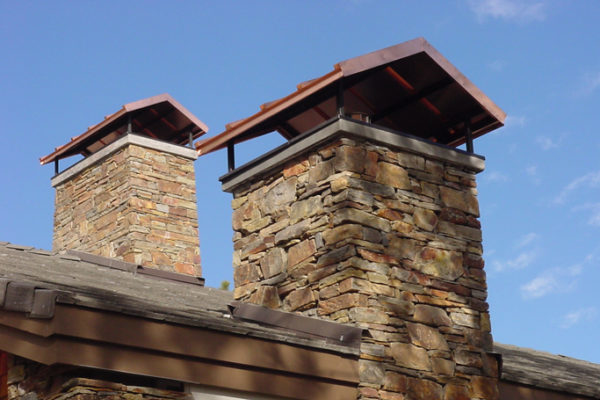 Chimneys
Chimneys
Accumulated debris can block chimneys and cause CO to build up inside the home. Always keep the flue open for adequate ventilation, and have the chimney checked or cleaned every year, according to the CDC.
Ovens
Never use your oven to heat your home. If you have a gas oven, don’t put foil on the bottom; it can interfere with combustion and produce CO, according to the CPSC.
Carbon Monoxide Alarms Are Essential
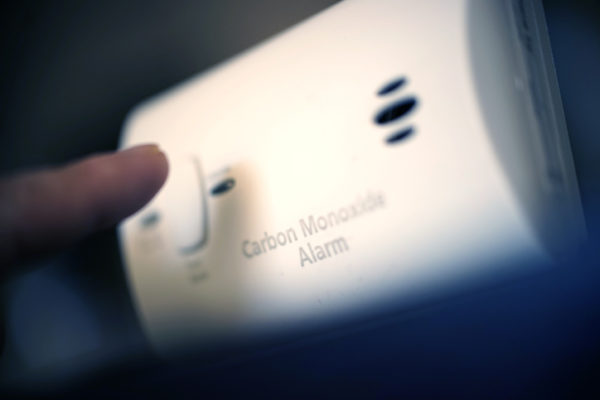 More than 90 percent of U.S. homes have at least one smoke alarm, but fewer than half have carbon monoxide alarms, says Patty Davis, press secretary for the CPSC. “They’re relatively inexpensive and absolutely worth the cost,” she says. “And never ignore the alarm when it starts beeping—go outside immediately and call 911.”
More than 90 percent of U.S. homes have at least one smoke alarm, but fewer than half have carbon monoxide alarms, says Patty Davis, press secretary for the CPSC. “They’re relatively inexpensive and absolutely worth the cost,” she says. “And never ignore the alarm when it starts beeping—go outside immediately and call 911.”
Where to Install Them
Carbon monoxide alarms should be placed on every level of the home and in the hallways outside sleeping areas, says Davis. Because the gas is odorless, anyone asleep wouldn’t recognize that there was a problem until it was too late. Don’t put carbon monoxide alarms in the kitchen or above fuel-burning appliances, and avoid locations near heating vents or areas that can be covered up by drapery or furniture. Install according to the manufacturer’s instructions.
What Kind to Buy
Some carbon monoxide alarms come combined with smoke alarms, while others are just for CO. If you have an electric CO alarm, make sure it has a battery backup, cautions Davis, so it will work during a power outage.
Test and Replace
Check the batteries of your CO (and smoke) alarms at least twice a year, recommends the CDC—once in the spring and once in the fall (when you set your clocks forward and back), and replace as needed. Every five years, you’ll need to buy a new CO alarm.
Proactive Measures To Take
Because fuel-burning appliances—like furnaces, ranges and water heaters—can leak carbon monoxide if faulty, says Davis, have a qualified technician service them every year. Also every year, she says, have your chimney cleaned and the exhaust system of your car checked. A small leak in the exhaust system could lead to a buildup of CO inside the car.
If you notice any of the following, according to the CPSC, call a technician immediately—they could be signs your appliances aren’t operating correctly:
- The water heater or furnace isn’t heating properly.
- Soot on appliances and vents.
- An unfamiliar or burning odor.
- Increased moisture on the inside of windows.
- Any sort of deterioration, such as falling debris or soot, rusting or water streaking, on the chimney, fireplace or appliances.
Symptoms Of Carbon Monoxide Poisoning
Low to moderate levels of carbon monoxide poisoning mimic the flu, according to the CDC. Symptoms include:
- Headache
- Nausea
- Weakness
- Shortness of breath
- Dizziness
- Chest pain
Higher levels of exposure may rapidly cause the following:
- Mental confusion
- Loss of muscular control
- Loss of consciousness
- Death
Everyone is at risk, but the dangers are higher for infants, the elderly and anyone with a history of chronic heart disease, anemia or respiratory problems. If you feel like you may have been poisoned by carbon monoxide, get outside into fresh air and seek medical attention immediately.
CO detectors, check. Smoke alarms, check. Another essential way to help protect you and your family? Homeowners or renters insurance through the GEICO Insurance Agency. Get a quote now at geico.com.
Read more: Fireplace And Chimney Care: 8 Things You Should Know
By Ellise Pierce




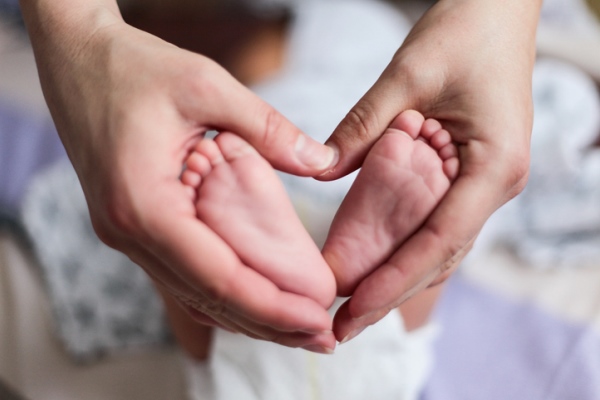
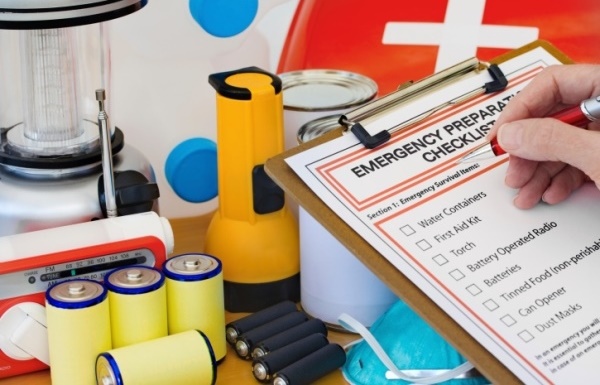
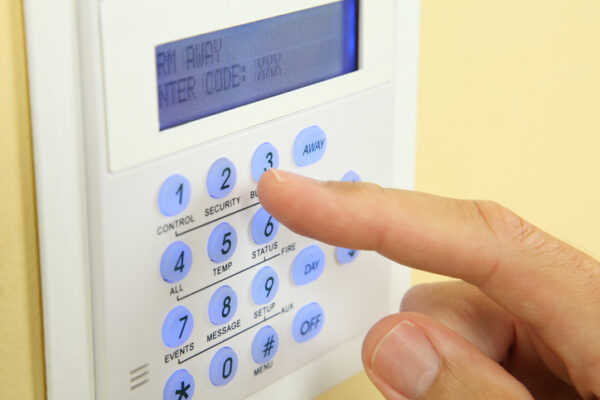
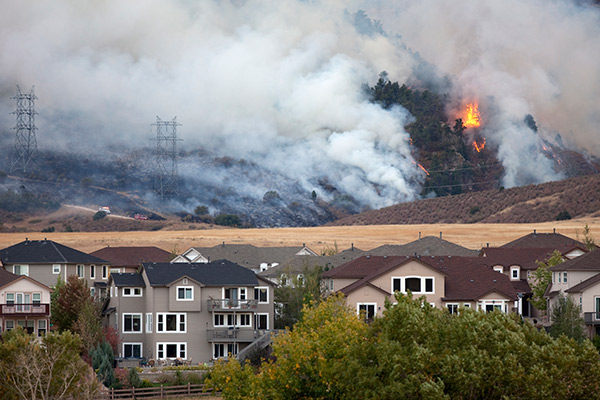
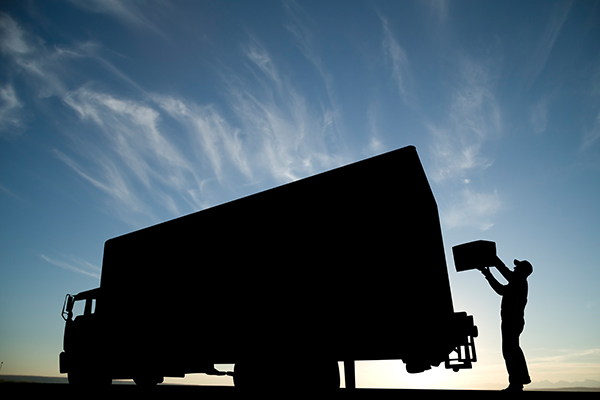
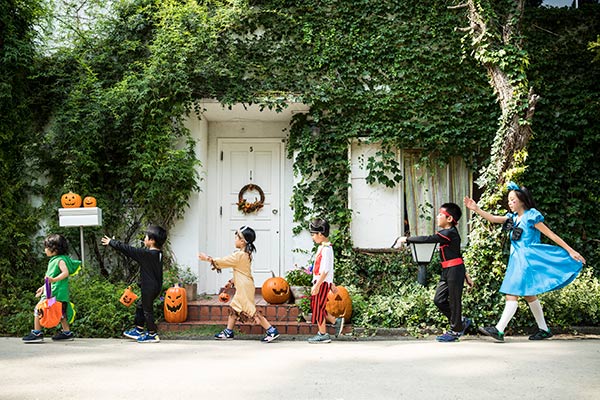
Maria Urcuyo says,
Thank you! Suoer informative articles! Keep doing it!
Sylvia loya says,
Thank you , very helpful